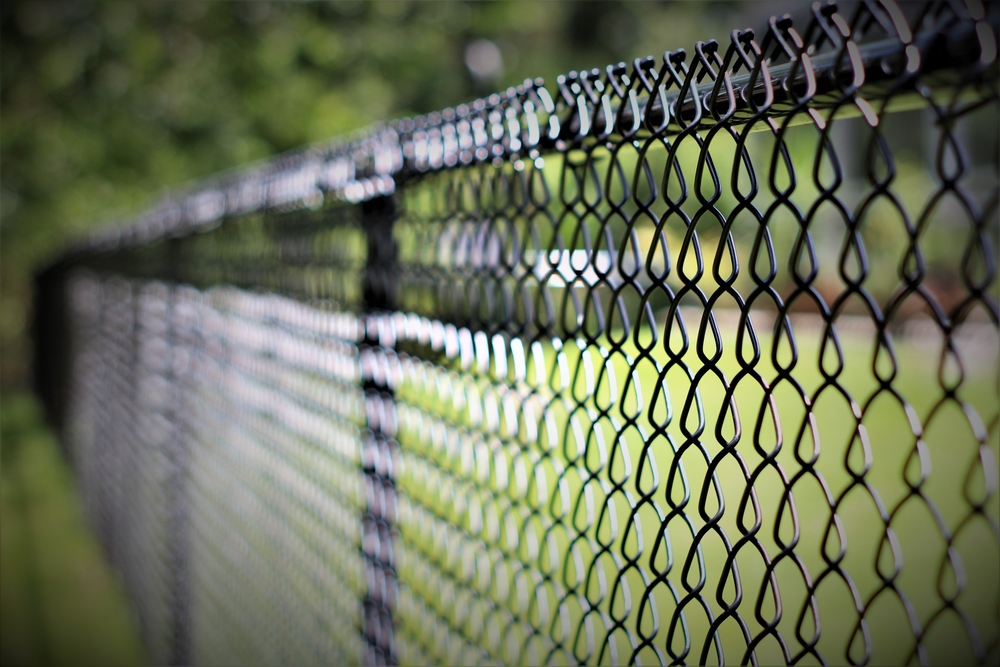In part one of this two-part blog series, we went over some basic factors that will influence the cost of any chain link fence you’re thinking of installing on your property. From the simple dimensions of the fence to its thickness, patterns and several other elements, there are a few different themes to be thinking of if you’re going the chain link route for your next fence.
At Utah Fence Warehouse, we’re proud to offer high-quality chain link fence options to clients throughout Utah, including a full cost breakdown that will help you understand precisely why your fence materials cost what they do. What are some of the other variables that will impact the final price of your chain link fence? Here are a few.

Top Rail Considerations
We left off in part one with fence posts for both the corners and stabilization areas, and the next step here is to think about your top rail. The most common top rail material is aluminum, and it’s a good option because it’s lightweight and rustproof. However, if you’re looking to save on cost, galvanized steel is a less expensive alternative that will still do the job well.
Both aluminum and galvanized steel top rails come in a variety of heights, so be sure to choose the right one for your needs. Generally, a taller top rail will provide more stability and wind protection for your fence, but it will also cost more.
Gate Options
Just like with any other type of fence, chain link fences come with a variety of gate options to choose from. The most common style is a swinging gate, but if you have a particularly large opening to fill, you may want to consider a sliding gate instead.
Gates come in a variety of widths and heights to accommodate different needs, and they can also be customized with additional features like locks and security gates. There even may be some situations where you don’t need a gate at all.
Finishing Types
There are also several finishing elements that may be part of your fence, including post caps, pickets, line posts and more. Post caps are an excellent way to add a decorative touch to your fence while also protecting your posts from the elements.
Line posts are placed between corners or other stabilization points, providing extra strength in these areas. You can choose between plain metal or wood line posts that will be painted or stained for maximum durability and a classic appearance.
Pickets are used as the border between fence panels and can come in several different styles, sizes and shapes to suit your needs. Whichever you choose, pickets should always be placed on the outside of the posts for maximum stability and structural integrity.
Permits
Finally, depending on the area that you live in, there may be a requirement for a building permit or other form of approval from city hall before your fence can be built. This permit may require a fee in some cases, and may not in others. Be sure to check with your local municipality before making any final decisions about your chain link fence materials and styles so that you avoid any unnecessary delays or issues down the road.
For more on the factors influencing the cost of a chain link fence, or to learn about any of our fencing options, speak to the staff at Utah Fence Warehouse today.
- Fence Post Spacing: Specific Materials - March 12, 2024
- Fences and Pets: Pet Needs, Wood and Chain Link - December 12, 2023
- Garden Fence Selection: Privacy, Security, Style - October 10, 2023

